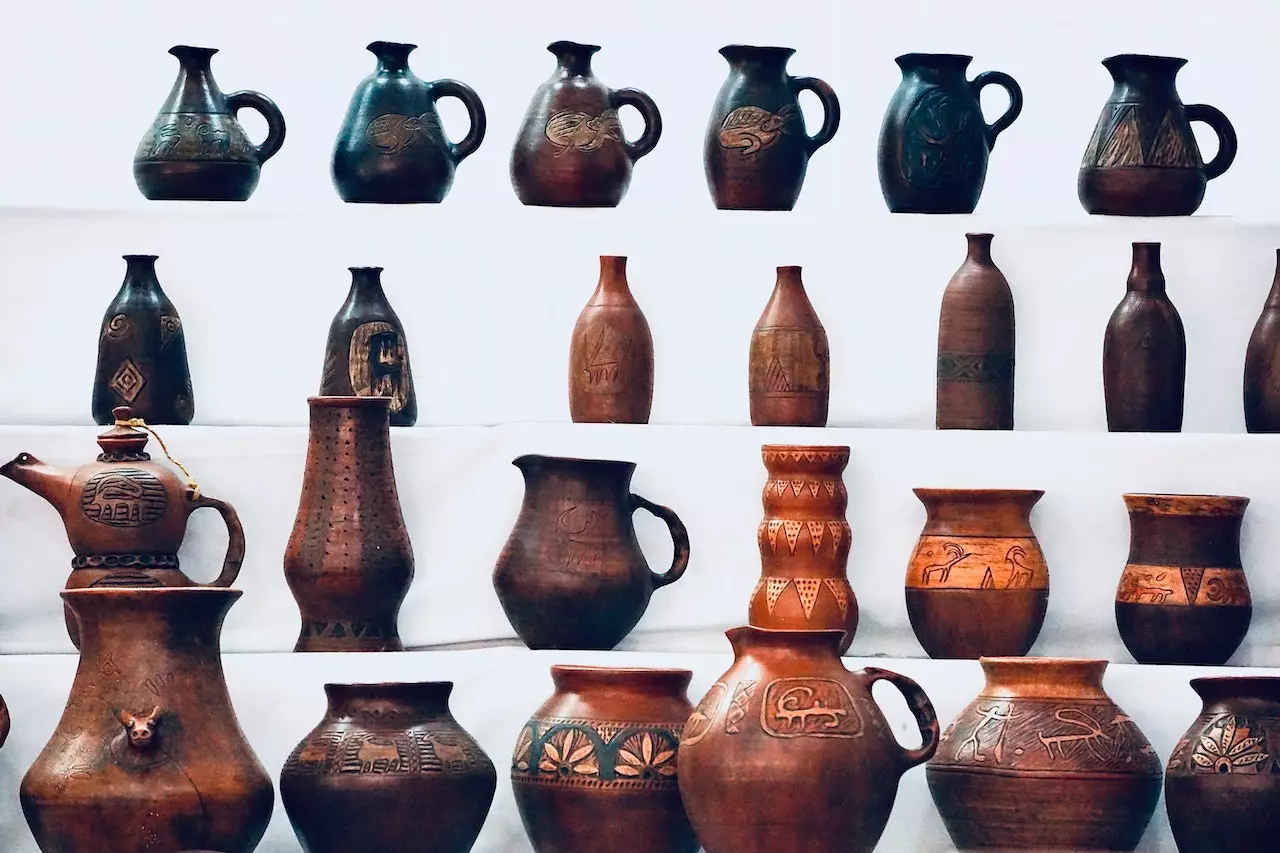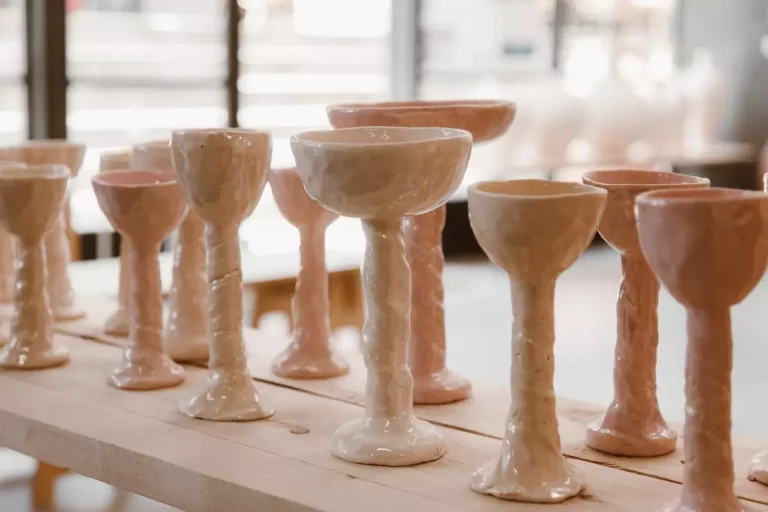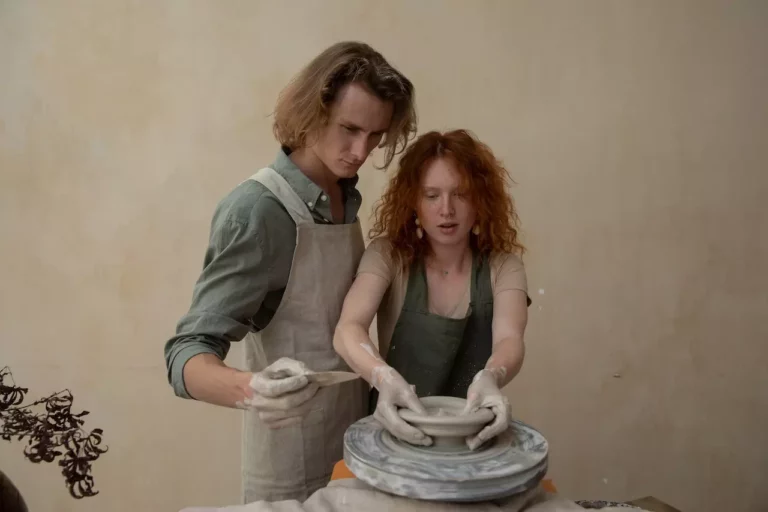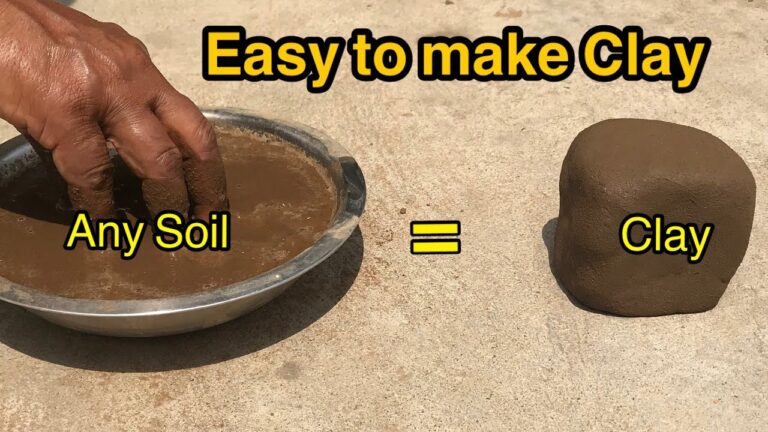What Kind of Pottery was Made in Staffordshire?
Staffordshire pottery refers to the diverse range of ceramic wares produced in the county of Staffordshire, England. Renowned for its rich history and quality craftsmanship, Staffordshire pottery has left an indelible mark on the ceramics industry. This article explores the various types of pottery made in Staffordshire, tracing their origins, unique characteristics, and enduring legacy.
Early pottery production in Staffordshire
Staffordshire’s pottery industry owes its success to the abundance of local clay and coal resources. In the 17th and 18th centuries, potters capitalized on these natural advantages, leading to the development of slipware and earthenware. The potters of Staffordshire also pioneered the use of salt glaze stoneware, which gained popularity due to its durability and distinctive appearance.
Rise of Staffordshire creamware
One of the most significant developments in Staffordshire pottery was the introduction of creamware by Josiah Wedgwood in the mid-18th century. Creamware, a type of refined earthenware, quickly gained popularity due to its creamy-colored glaze and versatility. Wedgwood’s creamware set new standards for quality and craftsmanship, attracting a wide range of customers, including royalty.
Staffordshire porcelain
In the late 18th century, Staffordshire potters ventured into porcelain production, adding another feather to the county’s cap. Prominent porcelain manufacturers such as Minton, Spode, and Royal Crown Derby emerged in Staffordshire during this period. Staffordshire porcelain was known for its delicate and intricate designs, often inspired by nature and historical motifs.
Staffordshire figures and figurines
Another distinctive aspect of Staffordshire pottery is the production of ceramic figures and figurines. From the late 18th to the 19th century, Staffordshire became renowned for its whimsical and charming ceramic figures.
These figures depicted various subjects, including animals, historical figures, and fictional characters. Manufacturers such as Doulton, Coalport, and Wedgwood excelled in producing these miniature works of art.
Transferware and ironstone pottery
Staffordshire also played a significant role in the development of transfer printing, a technique that revolutionized ceramic decoration. Transferware involved transferring intricate designs onto pottery using specially printed paper.
This innovation allowed for mass production of highly detailed patterns, making ceramic wares more accessible to a broader audience. Ironstone pottery, a durable and affordable type of ceramic, also gained popularity during this time.
Decline and legacy of Staffordshire pottery
Despite its remarkable success, the Staffordshire pottery industry faced challenges in the late 19th and early 20th centuries. Economic downturns, changing consumer tastes, and competition from other regions led to the decline of many pottery manufacturers.
However, the legacy of Staffordshire pottery lives on. Efforts to preserve the heritage and revive traditional techniques continue to ensure its significance in the ceramics industry.
FAQs
What is the value of Staffordshire pottery?
The value of Staffordshire pottery varies depending on factors such as rarity, condition, age, and the reputation of the manufacturer. Certain pieces, especially those from renowned manufacturers or featuring unique designs, can command high prices in the collector’s market.
How can I identify genuine Staffordshire pottery?
Identifying genuine Staffordshire pottery can be challenging, as many pieces were produced with similar styles and marks. However, examining the quality of craftsmanship, researching specific manufacturers’ marks, and consulting with experts or reputable dealers can help determine authenticity.
Where can I find Staffordshire pottery for sale?
Staffordshire pottery can be found in various places, including antique shops, online marketplaces, auctions, and dedicated pottery fairs or exhibitions. It’s advisable to research reputable sellers and seek expert advice when purchasing valuable or rare pieces.
Are there any famous Staffordshire pottery museums?
Yes, there are several notable museums that showcase Staffordshire pottery. The Wedgwood Museum in Stoke-on-Trent, the Potteries Museum & Art Gallery, and the Spode Museum Trust Heritage Centre are just a few examples where visitors can explore the rich history and exquisite craftsmanship of Staffordshire pottery.
Can I collect Staffordshire pottery as an investment?
While collecting Staffordshire pottery can be a rewarding hobby, it’s important to note that the value of pottery as an investment can fluctuate. While some rare and sought-after pieces may appreciate in value, others may not yield significant financial returns. Collecting should be driven by passion and enjoyment rather than solely as an investment strategy.
Conclusion
Staffordshire pottery holds a prominent place in the history of ceramics. From slipware and salt glaze stoneware to creamware, porcelain, and figurines, the diverse range of pottery produced in Staffordshire showcases the skill and creativity of its potters. The legacy of Staffordshire pottery continues to captivate collectors, historians, and enthusiasts worldwide, ensuring that its impact on the world of ceramics remains enduring.






